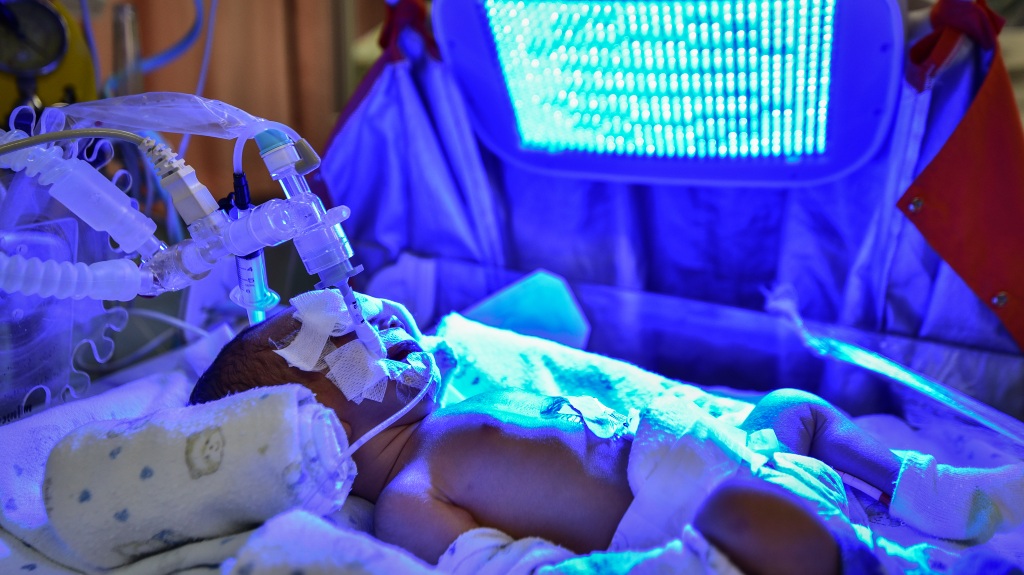Jaundice is something most new parents hear about—but rarely worry about. And in most cases, they don’t have to. It’s common, often harmless, and usually fades with minimal intervention. But in some cases, jaundice is more than just a yellow tinge. Left untreated, it can lead to serious complications—including a devastating, lifelong condition called kernicterus.
Understanding the link between hyperbilirubinemia, jaundice, and kernicterus can make all the difference in catching issues early and ensuring your child gets the care they need.
What Is Hyperbilirubinemia?
Hyperbilirubinemia is the medical term for high levels of bilirubin in the blood. Bilirubin is a yellow substance released when red blood cells break down. For newborns—especially those born early—the liver often isn’t developed enough to filter it out efficiently. That’s when levels can rise, setting the stage for jaundice.
Jaundice: A Visible Sign of a Bigger Concern
Jaundice is the yellowing of a baby’s skin and the whites of the eyes. It’s the most visible sign of high bilirubin. While often mild and treatable, severe or worsening jaundice can be a red flag—one that needs immediate attention. When bilirubin levels climb too high, they can put the baby at risk for permanent harm.
Kernicterus: A Preventable Tragedy
Kernicterus is a rare but entirely preventable type of brain damage caused when bilirubin crosses into the brain. It typically affects areas responsible for movement, hearing, and cognitive function. This condition is a medical emergency—and a heartbreaking outcome of missed or delayed care.
Long-Term Effects of Kernicterus
When kernicterus occurs, the effects are often lifelong and deeply impactful. These may include:

- Cerebral palsy – often affecting motor control and muscle tone
- Hearing loss – due to damage to the auditory nerves
- Vision problems – including trouble with gaze control
- Developmental delays – in speech, learning, and coordination
- Tooth enamel issues – like enamel hypoplasia
These children may require therapies, medical equipment, educational accommodations, and round-the-clock care—sometimes for life.
How to Prevent It
The good news: kernicterus is almost always preventable with timely, attentive care. That means:
- Routine bilirubin screening before hospital discharge
- Early and frequent monitoring of jaundice symptoms
- Prompt use of phototherapy or, in severe cases, an exchange transfusion
- Educating parents on what to watch for at home
Every hour counts when it comes to treating jaundice. When care teams act quickly, babies can recover fully without complications.
Final Thoughts
Jaundice doesn’t have to be scary—but it does have to be taken seriously. The transition from hyperbilirubinemia to kernicterus can happen fast, and the consequences can last a lifetime. When hospitals fail to act—or when parents aren’t given the information they need—the results can be devastating.
At Latona Law, we help families understand what went wrong and fight for justice when preventable injuries occur. If your child was affected by untreated jaundice or kernicterus, we’re here to support you every step of the way.

